A Plant Lover’s Guide to Keeping Your Pets and Family Safe
I’ve spent what feels like a lifetime with my hands in the soil. From wrangling plants for big interior design projects to teaching workshops filled with eager new gardeners, I’ve seen firsthand the joy that plants bring into our lives. They freshen the air, add a splash of green to our sterile spaces, and give us a little piece of nature to tend to. But I’ve also learned a hard truth: not all houseplants are created equal. Some of the most popular ones come with a few hidden risks.
In this article
But hold on—this isn’t about scaring you into getting rid of your beloved green friends. It’s about sharing some real-world knowledge so you can create an indoor jungle that’s both beautiful and safe for everyone, including the furry and crawling members of your family.
Honestly, most issues with houseplants boil down to one of three things: they’re either truly toxic, they’re packed with allergens and irritants, or they’re basically a five-star resort for pests. Let’s break it down.
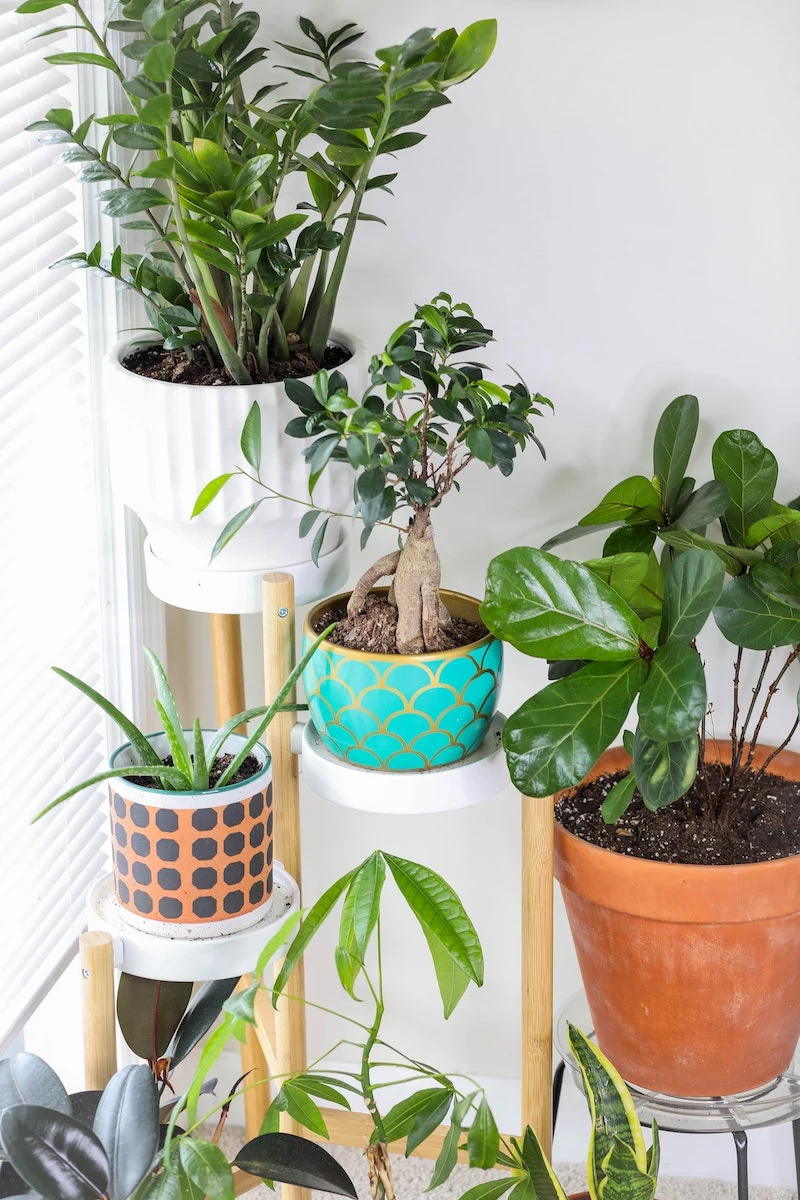
fdf2f2; padding: 15px; margin: 20px 0; border-radius: 8px;”>
WAIT! Is This an Emergency?
Before you read another word, if you think your pet or child has eaten a potentially toxic plant, stop reading and get help right now. Time is critical.
For Humans: Call the Poison Control Center at 1-800-222-1222 (USA).
For Pets: Call the ASPCA Animal Poison Control Center at (888) 426-4435 (a consultation fee may apply, but it’s worth every penny).
First, A Little Plant Science (The Why Behind the Warning)
Ever wonder why some plants are toxic? It’s pretty simple, actually. Plants can’t exactly run away from a hungry rabbit or a curious bug. So, over millions of years, they developed some pretty ingenious self-defense mechanisms. It’s these defenses that can cause issues when we bring them home.
The “Chewing on Needles” Effect
A huge number of common houseplants—we’re talking about Dumb Canes, Philodendrons, Pothos, Monsteras, and ZZ plants—belong to a particular plant family famous for its defense strategy. They have microscopic, needle-sharp crystals called raphides in their leaves and stems. When an animal (or person) takes a bite, these tiny needles get released and embed themselves in the soft tissue of the mouth and throat.
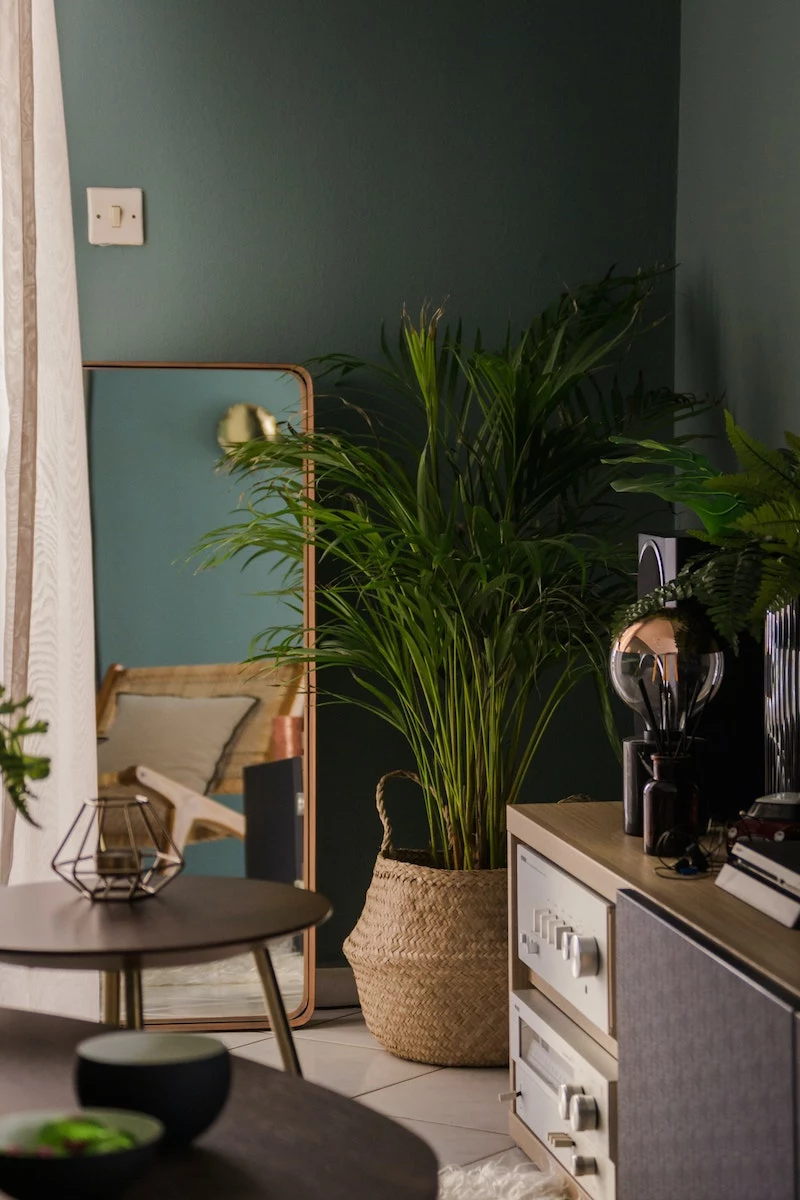
The feeling is instant and awful, often described as chewing on fiberglass. This causes intense burning, swelling, and a whole lot of drooling. In really bad cases, the swelling can be severe enough to block an airway. It’s how the Dumb Cane got its name; chewing on a piece can make a person temporarily unable to speak. I once saw a new nursery employee, despite all our warnings, touch a cut stem to his tongue out of sheer curiosity. He said the pain was like a jolt of electricity, and his tongue was uncomfortably swollen for the rest of the day. It’s a lesson you only need to learn once!
Milky Sap and Other Chemical Irritants
Other plants go the chemical warfare route. The Euphorbia family, which includes cool-looking plants like the Pencil Cactus and Crown of Thorns, produces a milky white sap. This isn’t just any sap; it’s a latex loaded with compounds that are seriously irritating to skin, eyes, and everything in between. Getting it on your skin can cause a nasty rash, and getting it in your eyes can lead to intense pain and even temporary blindness. Heads up: I never prune these without gloves and safety glasses. It’s a non-negotiable rule.

By the way, popular Ficus trees also produce a latex sap. It’s usually less aggressive, but it can still irritate the skin. More importantly, it contains proteins that can trigger a reaction in people with a latex allergy.
The Seriously Dangerous Stuff: Heart Toxins
This is the category we need to take most seriously. Certain beautiful plants, like Oleander and Foxglove, contain powerful toxins known as cardiac glycosides. These chemicals directly mess with the heart muscle. In fact, a purified, super-controlled dose of a related compound is used in heart medication. But in the plant? The dose is wild and dangerous. Eating even a tiny amount can disrupt the heart’s rhythm and is a true medical emergency. As pretty as they are, these just aren’t a good fit for homes with kids or pets.
The Usual Suspects: A Closer Look at Common Plants
Okay, with the science out of the way, let’s talk specifics. This isn’t a “ban list,” but more of a “handle with care” list.
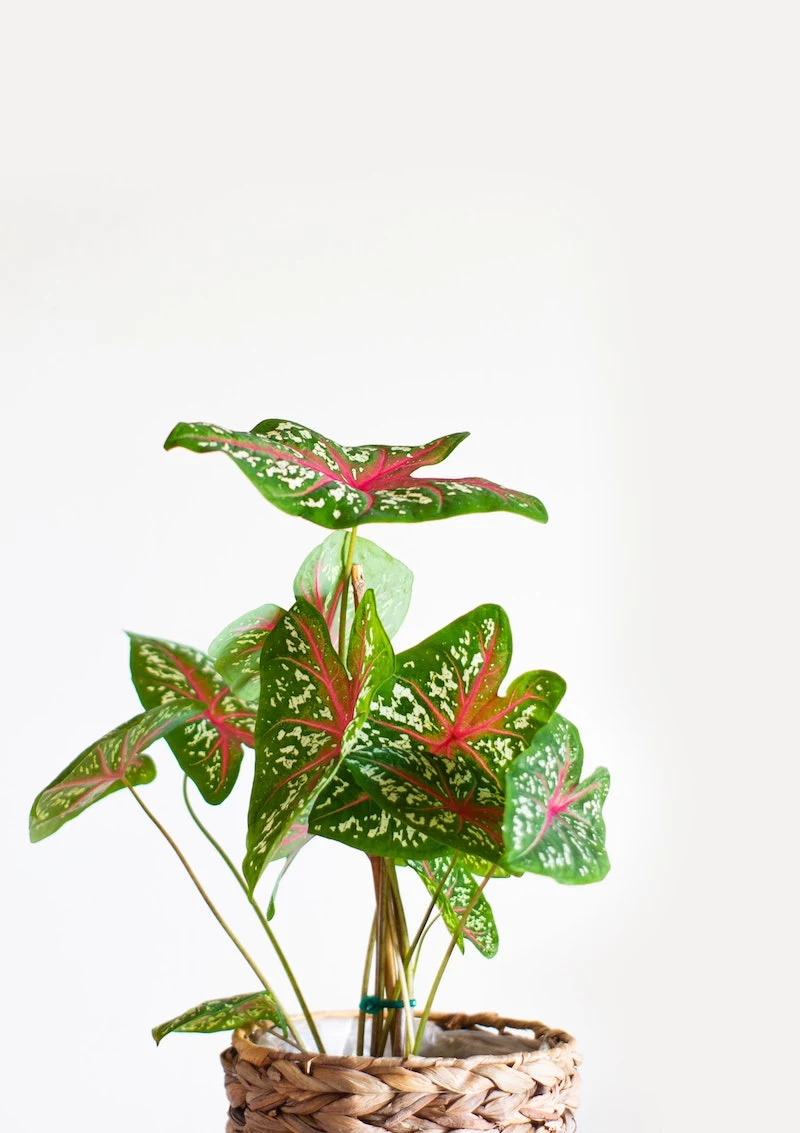
Dumb Cane (Dieffenbachia)
The main risk here is those oxalate crystals we talked about. This is a big concern for curious toddlers and pets. The good news is that the immediate pain usually stops them from swallowing a dangerous amount. Still, it’s a very unpleasant experience that could land you in the vet’s office. The signs are pretty clear: pawing at the mouth, drooling, and obvious swelling.
How to handle it: Always wear gloves when you’re pruning or repotting. If you get sap on your hands, you can easily transfer it to your eyes. Keep it on a high shelf or plant stand, well out of reach.
A safer, worry-free alternative? If you love the look of big, patterned leaves, consider the Cast Iron Plant. It’s totally non-toxic and, to be frank, much harder to kill than a Dumb Cane. It has that same lush, leafy vibe without the risk. You can find a decent Dumb Cane for about $20-$40, while a Cast Iron Plant might run you a bit more, maybe $30-$60, but its bulletproof nature makes it a great investment.

The Aroid Crew (Pothos, Philodendron, Monstera, ZZ Plant)
These are the rockstars of the plant world for a reason—they’re gorgeous, forgiving, and perfect for beginners. And yes, they all contain those same oxalate crystals. So, should you get rid of your beloved Pothos? Probably not!
Here’s the thing: context is everything. For millions of households, these plants pose zero issues. But if you have a cat that treats every plant like a salad bar or a toddler in the “put everything in your mouth” phase, you need to be smart. Put them in hanging baskets or on high shelves where they can’t be reached. For most pets, a single curious nibble will result in some discomfort and a lesson learned, but it’s very unlikely to be a life-or-death situation like it would be with Oleander.
Oleander
This is one plant I’m firm on: it should not be grown indoors, period. Every single part of this plant is packed with those dangerous cardiac glycosides. The risk isn’t just from eating it. The smoke from burning Oleander is toxic. You could get seriously ill just from using a stick of it to toast a marshmallow. There’s a reason highway departments love it for road medians—it’s tough and deer won’t go near it. The deer know what’s up.
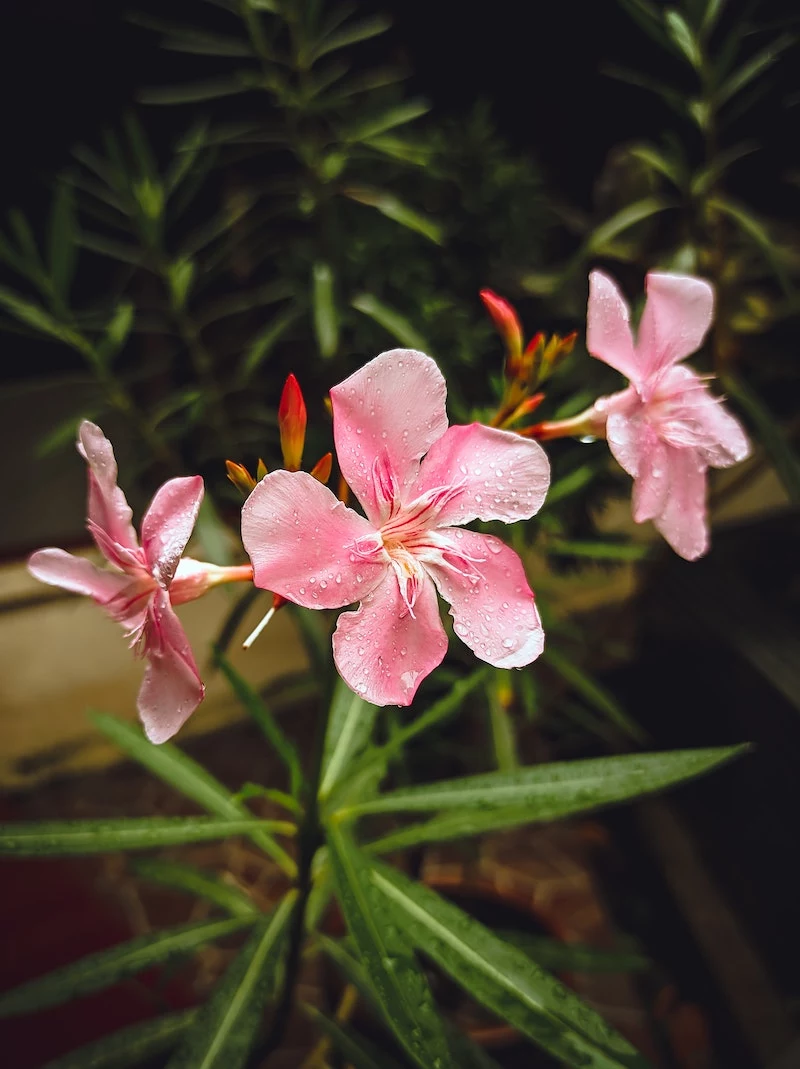
Pencil Cactus and Crown of Thorns (Euphorbia)
These sculptural succulents are often mistaken for cacti, but the milky sap is the dead giveaway. I once made the mistake of pruning a big Pencil Cactus without eye protection. A tiny drop of sap flicked into my eye. The pain was immediate and searing, a true chemical burn. My vision was blurry for a day. Trust me, you learn to respect these plants fast. Always wear eye protection and gloves when trimming them.
Your 5-Minute Home Safety Audit
Go on, pause your reading for a minute and do a quick walkthrough of your home. I’ll wait!
Look at your plants from the perspective of your pet or a small child. Are any of the plants we just talked about within easy reach? Could your cat jump from the sofa to that shelf? Could your dog reach that trailing vine? If so, move just one plant to a safer spot right now. It’s a simple action that makes a big difference.

Beyond Toxicity: Allergies and Other Annoyances
Sometimes the issue isn’t poison but something more subtle.
The Weeping Fig (Ficus): This classic tree is a double-whammy for sensitive people. First, its sap can cause issues for those with latex allergies. Second, its thousands of waxy leaves are absolute dust magnets. For someone with dust allergies or asthma, this can be a real problem. Pro tip: If you love your Ficus, give it a quick 5-minute shower every month or a 15-minute leaf wipe-down every couple of weeks. This keeps it healthy and cuts down on allergens.
Pollen Producers: We don’t often think about it, but houseplants can trigger seasonal allergies indoors. A Juniper bonsai, for example, is just a tiny version of the outdoor tree that makes so many people sneeze. Any plant that flowers can produce pollen, from flowering palms to the common Peace Lily. If you have bad allergies, you might want to stick to foliage-focused plants or simply snip off the flower stalks as they appear.
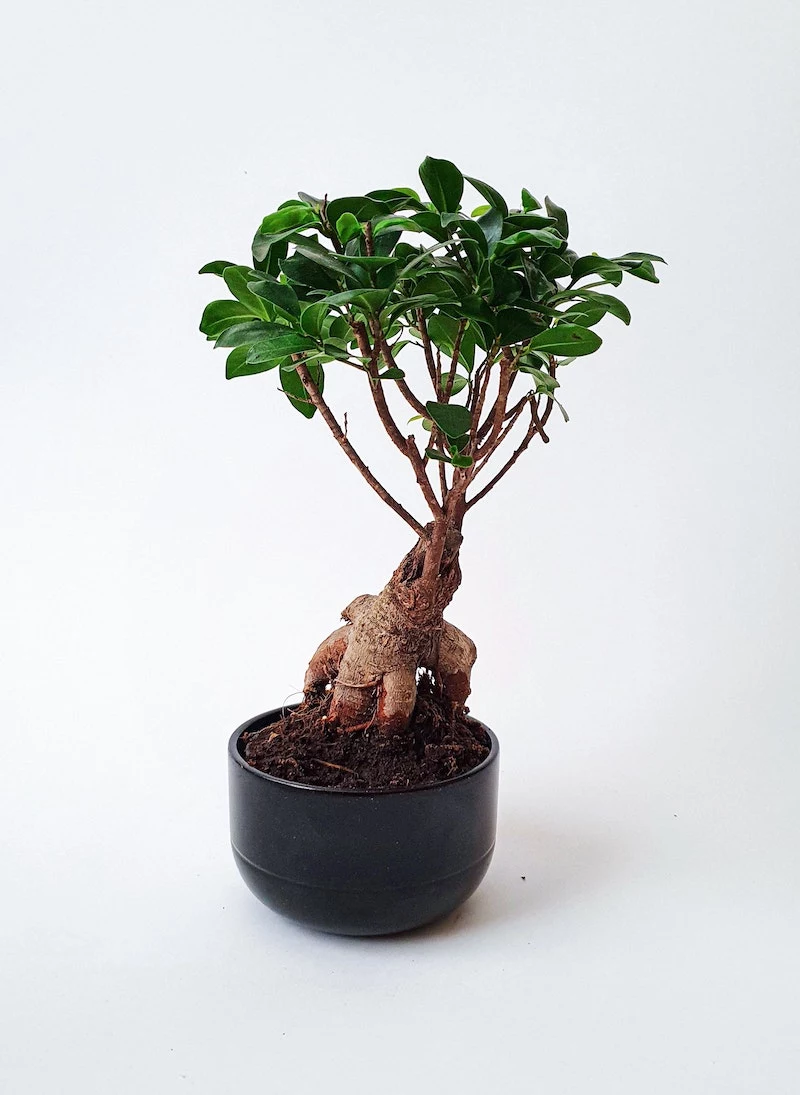
The Pest Magnets: Inviting Unwanted Roommates
Any plant can get pests, but let’s be honest, some are just asking for trouble. They’re so prone to certain infestations that they can act as a
Inspirational Gallery
Designing with safety in mind doesn’t mean sacrificing style. You can create a stunning, multi-textured plant grouping that is completely safe for the whole family. Try combining these non-toxic beauties for a lush, worry-free corner:
- The bold, patterned leaves of a Calathea Rattlesnake (Goeppertia insignis).
- The cascading baby
Toxic Choice: The Sago Palm (Cycas revoluta) is a popular and dramatic-looking plant, but it is extremely toxic to both cats and dogs, with all parts being dangerous.
Safe Swap: The Parlor Palm (Chamaedorea elegans) offers a similar lush, tropical vibe with delicate fronds but is completely non-toxic, making it a perfect worry-free alternative.
According to the ASPCA, the ingestion of just one or two petals or leaves from any plant in the Lilium or Hemerocallis species (true lilies and daylilies) can cause severe, acute kidney failure in cats.
This is a critical warning for cat owners: even the pollen from a lily bouquet that gets on their fur and is licked off during grooming can be fatal. It’s one of the most severe plant toxicities known for felines.
A note on plant water: Remember that it’s not just the leaves! The water that drains into the saucer of a toxic plant, like a Dieffenbachia, can contain leached-out calcium oxalate crystals or other irritants. Always empty drainage trays promptly or use decorative cachepots to prevent curious pets from taking a dangerous drink.
Can I trust the
- It thrives on neglect and can handle very low light.
- Its deep green, glossy leaves add a touch of sophisticated drama.
- It’s virtually indestructible and completely non-toxic to pets and children.
The secret? It’s the Cast Iron Plant (Aspidistra elatior), a perfect choice for adding resilient greenery to darker corners without worrying about your furry friends.
What if you already own and adore a plant that’s on the
Even non-toxic plants can become a hazard if treated with systemic pesticides, where the chemical is absorbed into the plant’s tissues.
For pets who are casual chewers rather than determined destroyers, a simple homemade deterrent spray can be an effective training tool. Mix one part white vinegar with three parts water in a spray bottle and lightly mist the leaves of your plants. Most cats and dogs dislike the bitter taste and smell and will learn to leave the plant alone after a few investigative licks. Reapply weekly or after watering.
- Go vertical! Stylish wall-mounted shelves or multi-tiered plant stands like those from IKEA’s Vittsjö series keep foliage well above the reach of curious cats and toddlers.
- Consider hanging planters. Macrame hangers are back in style and are perfect for trailing, pet-safe plants like the String of Hearts (Ceropegia woodii).
- Use height to your advantage. Placing larger, heavier pots on sturdy side tables or benches can be just as effective.










